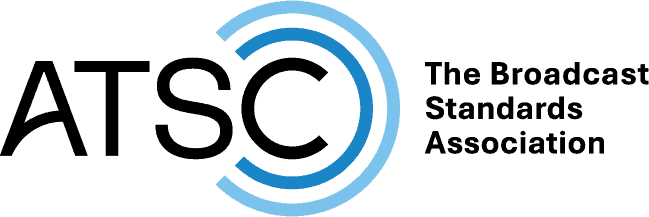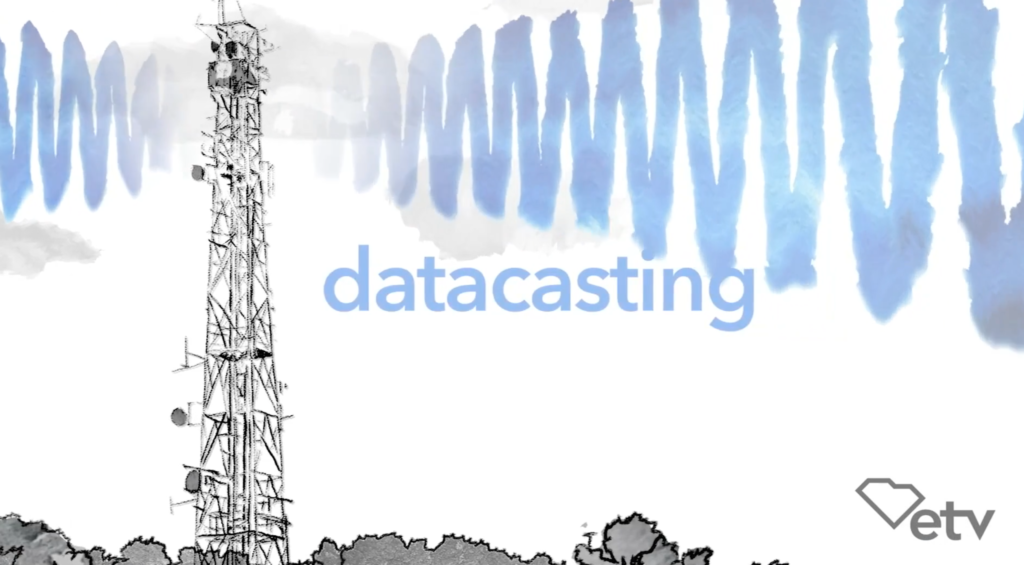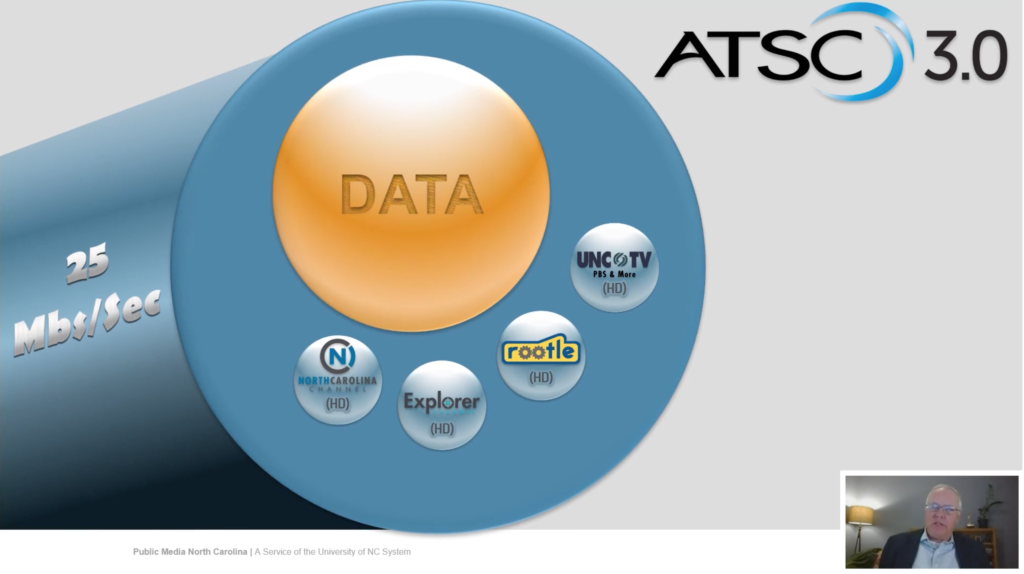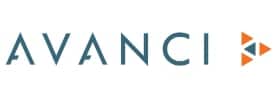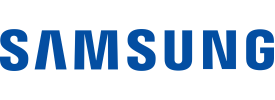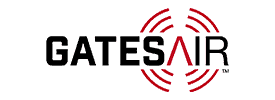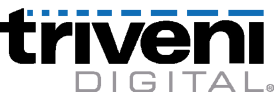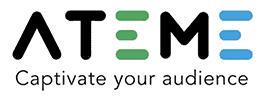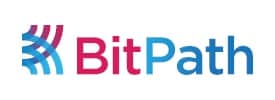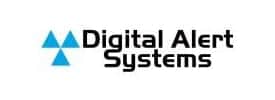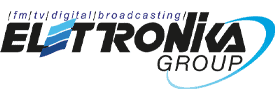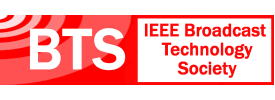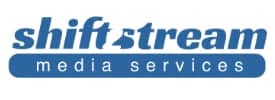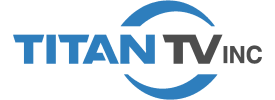- About
- Members
- Sponsors
- Subcommittees
- Technical Documents
- News
- Events
- Spotlight ATSC 3.0
- Contact Us
- Member Login
- Member Meetings
- Advanced Search
Search Site
Member Links
- About
- Members
- Sponsors
- Subcommittees
- Technical Documents
- News
- Events
- Spotlight ATSC 3.0
- Contact Us
- Member Login
- Member Meetings
- Advanced Search
ATSC Datacasting Paves Way for Flexibility of ATSC 3.0 in Distance Education
Posted on February 1, 2021 in ATSC News
Covid Changes Here to Stay for Teachers and Students?
Four experts working on different facets of distance education told hundreds of viewers watching an ATSC-sponsored session during early January’s CES that ATSC 3.0 and its Internet Protocol backbone is ideally positioned to help bridge the digital divide, since television itself is virtually a ubiquitous service.
Lonna Thompson of America’s Public TV Stations (APTS), Fred Engel of North Carolina PBS, Aby Alexander of Thomson Broadcast, and Todd Achilles of Edge Networks in Idaho explored the different facets of education via television during a panel discussion organized during the annual CES.
A replay of the panel is available from www.ATSC.org/CES
“Our stations have been datacasting for 20 years now. We have been focused on educational datacasting, public safety datacasting, and many other areas. Our station in Houston works daily with its fire and police department doing everything from drone video of flooding and fires to large crowd control. Public stations also do job training. Vegas PBS is the single largest career trainer in the country,” said Lonna Thompson, APTS Executive VP, Chief Operating Officer & General Counsel.
“When COVID hit, the importance of distance learning became very, very critical. 20% of our country – 56.6 million students – don’t have access to broadband. We see our stations continuing to develop distance learning services. The thing worth noting is that it’s an ecosystem. Stations are using over the air, websites, and datacasting to make sure that no students are left behind,” Thompson said.
One standout with ATSC 1.0 is South Carolina Education Television, which provides educational programming to 193,000 homes with no internet service. Similar services with special receivers are offered in Pennsylvania and are planned in rural Indiana.
Broadcast equipment supplier Thomson Broadcast brought together Triveni, the Public Media Venture Group, Synamedia, and Zinwell to collaborate on new ways to turn ATSC 3.0 virtual “channels in cloud” into educational offerings.
“We want to make the best product out there. We want to push the envelope as hard as possible. Integrated solutions have been around since the Internet started. If we can bridge that in a small way, as broadcasters we can make a mark,” said Aby Alexander, President, Americas, Thomson Broadcast.
Alexander explained how the collaboration has produced a Media Educational Hub – a gateway device that also has an LTE component as a back channel. “There’s also storage that can integrate lesson plans so that those set-top boxes can be utilized by three or five students in a home, and all of them can connect into that set-top box and authenticate their lesson plans. We’ve built a couple of interactive applications showing live video, PowerPoint slides that can be integrated at the same time,” as well as chat, message boards, student attendance functions, and more.
Session moderator Jerry Whitaker, ATSC’s Vice President of Standards Development, pointed out that “teachers are not technologists. We should focus on the students, not on the hardware. They don’t need to be broadcast engineers.”
Fred Engel with North Carolina PBS has also been working on the “digital divide” issue, noting that the first NCTV public station to launch ATSC 3.0 will come later this spring, building on the successful effort by WRAL in Raleigh and other stations to launch the state’s first next-gen TV services.
“In North Carolina, we have this little thing called hurricanes that come running up the coast every year. With Hurricane Florence, a few years back, we had a school district that lost up to 50 days of school in the fall of that year. And now, with COVID-19, it’s the same thing.
“Our focus has been on ATSC 3.0 and with its IP foundation how it could deliver this massive amount of data. In initial testing, looking at our broadcast services, we could free up maybe to 10 or more megabits/second of data to be used for other services.”
“That’s over 100 gigabytes of data in a 24-hour period – for an example, that’s about 7,000 300-page eBooks, to give you just a sense of scale. We’re working to integrate the schools and learning management systems that future students use, and to use ATSC 3.0 as a transmission system to the house,” Engel explained.
Todd Achilles is Chief Executive Officer, Edge Networks which offers Evoca, the new pay-TV service using ATSC 3.0 that launched a few months ago in Boise, Idaho. “We combine broadcast and broadband to deliver this service. We have our own set-top box with storage, a return path, and a really complete solution,” Achilles said.
“I teach graduate level classes at the School of Public Policy at University of California-Berkeley. Closing the digital divide is hugely important. There are too many homes, and too many kids that don’t have the access that they need. The opportunity for us as broadcasters is to look past that. We’re not going to go back from this distance education that we’ve learned to do since COVID. How do we deliver a better learning environment? How do we do it better and make it more interactive?”
Achilles noted that Edge Networks has acquired a third ATSC 3.0 station in Boise and plans to use it as a development platform for education, which could include adult certification, as well as K-12 and secondary education.
Posted in ATSC News
News Categories
News Archives
Subscribe
Subscribe to The Standard, our monthly newsletter. Learn More
Join ATSC
ATSC is a membership organization with both voting and observer categories. Voting members include corporations, nonprofit organizations, and government entities, and they participate actively in the work of ATSC. Observers are individuals or entities not eligible to be a voting member.
Subscribe to our Newsletter
Subscribe to The Standard, our monthly newsletter, to stay up-to-date with ATSC news and events around the world.
Site Links
Contact Us
Advanced Television Systems Committee, Inc.
1300 I Street NW, Suite 400E
Washington, DC 20005
Do you have questions about ATSC?
About ATSC
The Advanced Television Systems Committee, Inc., is an international, non-profit organization developing voluntary standards and recommended practices for digital terrestrial broadcasting. ATSC member organizations represent the broadcast, broadcast equipment, motion picture, consumer electronics, computer, cable, satellite, and semiconductor industries. ATSC also develops digital terrestrial broadcasting implementation strategies and supports educational activities on ATSC standards.
© 2025 ATSC
